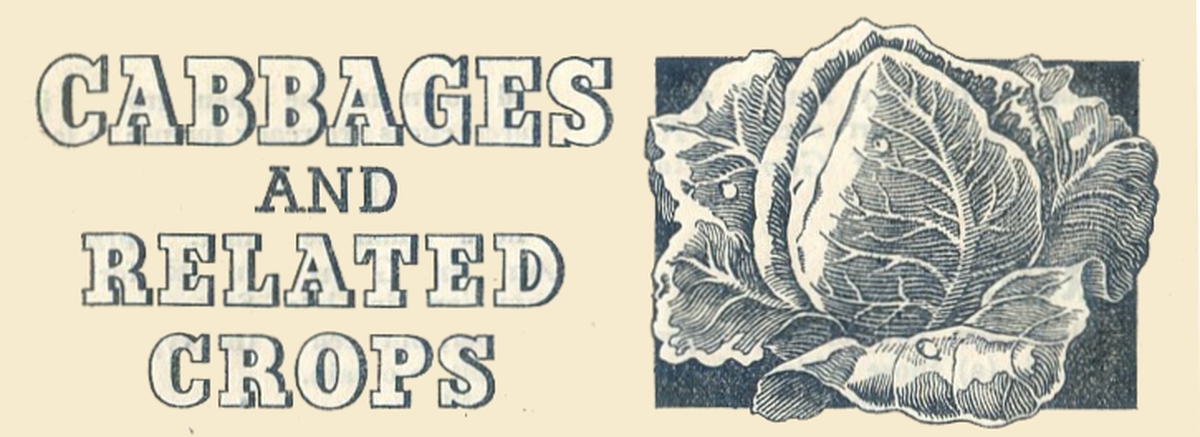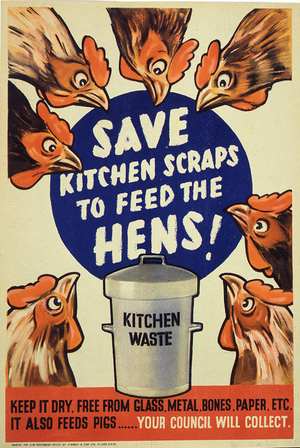HOW TO RAISE THE PLANTS
Many growers will require only a few plants of each kind and will be able to purchase the small supply needed without difficulty. Others gain much pleasure in raising the plants from seed. A small piece of ground is used as a seedbed. This should be chosen carefully, for seedlings grow weakly and become drawn if overshadowed by trees or hedges.
The soil should be fairly rich, and if poor should be given a dressing of material from the compost heap, or dung if it is available. A small quantity of superphosphate may also be applied when the soil is being dug, at the rate of 2 oz. per square yard.
Towards the end of February, the seedbed needs further attention if the soil is reasonably dry, but if wet or heavy it may be necessary to defer the final operation until early March. The necessary work is the firming of the soil by treading over it, levelling by using an iron rake, and creating a fine texture or tilth on the surface.
The seed is sown in drills 1 ft. apart and 11/2 in. deep, from the third week in March to the end of April. Space the seeds in the drill, for crowded seedlings cannot develop into strong, healthy plants. Allow a space of 1/8 in. between each seed in the drill. Cover up the drills with a rake and make the soil finally firm by pressing it with the back of the spade. Mark the position of each variety with a wooden label.
Seeds of Brussels sprouts and cauliflowers are sown first, followed by broccoli (sprouting and heading), then late summer and autumn cabbage and the kales, and lastly, the winter cabbage and savoys. To secure plants of Brussels Sprouts early, it is often necessary to sow under glass or in a frame. Red cabbage and spring cutting cabbage are sown in late July and early August, and transplanted from mid-September to mid-October. A small packet of seed, one-sixteenth of an ounce, is sufficient in all cases. A plot 6 ft. by 4 ft. is large enough for a seedbed.
Protect the seeds from birds, using black cotton, or wire guards may be placed over the drills. Flea beetles are a pest in most seasons, but dusting over the seedlings as they grow with derris or nicotine powder will control this pest.
Slugs may also be a nuisance, but a few small heaps of ” Meta ” mixed with bran scattered about the seedbed will destroy these.
Brassica Pest Control
Derris was a standard pesticide made from plant roots containing rotenone, an insecticide. It was used for many years but banned in 2008 for reasons some of us find dubious.
Nicotine is actually highly poisonous to mammals as well as insects. It’s use as a garden pesticide is no longer approved. It was often home-made by boiling up cigarette ends. The result being stored in an old bottle in the shed was an invitation to children and responsible for some fatalities.
Meta refers to metaldehyde, the active ingredient in the most popular slug pellets today.



